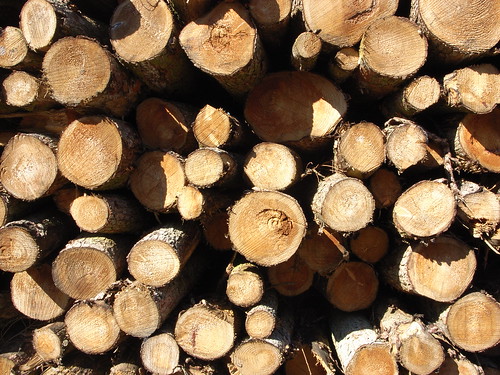Don't get me wrong, I have no idea what this shaping tool would be called, but I do know the difference between a straight piece of wood and an elegantly shaped table leg.
 |
| Photo by: crows_wood, courtesy of Flickr |
Cutting away, whether through saw or blade isn't always the most easy task. After that first draft is written, what should a good writer let go of, what should they cut from their work? I look at the following things:
- Solid plot, characters and setting. Characters are the most important because they speak to readers in a way that plot and setting can't. I make sure that the characters, plot and setting are consistent in tone and look throughout the book.
- I look for holes in the manuscript. Stuff like a character that gets lost in the manuscript;those that I haven't written about for too many pages.
- I may get a reader or two at this point, so that they can give me an overall opinion of the book and what they feel still needs some work.
- Extraneous words like and, the and but. Sentences and paragraphs need to contribute to the book. Nothing is extraneous.
- Extra "flowery" words that don't contribute to the overall feel of my work.
- Words that should be replaced for a better word, and words that make no sense. I just had this happen with my most recent edit. I used a word that was completely wrong for the sentence and had to re-work the sentence so that it would make sense.
 |
| Photo by: TheLivingRoominKenmore, courtesy of Flickr |
In the end, editing my book means shaving off all the unnecessary clutter, all of the stuff that means little and may even detract from the intent and direction of my book. And I like that just fine.
I'm looking for an elegantly shaped table leg.

No comments:
Post a Comment
Thank you for your comment.